|
with Angela Harris Our last NaNoWriMo class on December 16 was spent sharing and discussing our partner's feedback on the first two pages of our novels. Since most students are still working on their novels, we just addressed the first two pages so that we could practice revising for content, and later proofread and edit for punctuation, spelling, and grammar. We then took a break and enjoyed finishing a fun Christmas writing prompt which our New Jersey students may remember from their 2011-12 Creative Writing class. They were so cleverly written, I offered to publish them here for all to read. We hope you like them! Merry Christmas from the Mosaic Texas students and families! Saving Santa...Prompt: The alert came over the radio -- "Emergency! Santa Claus trapped in chimney. Christmas will likely be canceled." As soon as I heard it, I knew I would have to do something -- and do it fast. I quickly gathered my gear and headed out the door... with Angela Harris NaNoWriMo Ends!On Saturday, November 30, National Novel Writing Month came to a close! Kudos to the Mosaic Texas students for their great work! Over the course of 30 days, six students wrote a total of 49,382 words!!! All novelists are still working on their stories and will be writing even more in the days and weeks ahead. Amazing job, everyone!
HomeworkFor homework, students should finish writing comments on their partners' drafts if they did not finish in class (see workbook page 87 for an example). Also, all students should fill out workbook pages 88-89, "Reader Review Worksheet."
Lastly, here's what students should bring next week. We will be continuing our work on editing for our last class. Re-type your first two pages. This time you should incorporate any changes your partner suggested (if they finished in class, otherwise, make no changes). Pages should be double-spaced, not single spaced, and Times New Roman, 12 pt. Please let me know if there are any questions about the homework! Thank you and see you next week! with Angela Harris Progress UpdateAll writers are now at the 30% or more completion mark on their word count goals. Great work -- now the big push to the end begins! After up-dating our word counts on our in-class progress chart, we played a quick game of "Simile or Metaphor?" to reinforce our discussion from last class. Teams took turns identifying whether a statement was a simile or metaphor and then for extra points, had to turn the correctly identified statement into the opposite form. Congratulations to the girls -- Team "NaNo" -- for stealing a question and squeaking by with the win. Experimenting with Sequence and Structure We then began a hands-on project to demonstrate that a piece of literature can be re-arranged into a different order, but still tell the same story. After briefly defining chronological order, we discussed techniques such as flashbacks, flash-forwards, and foreshadowing. One student is even using flashbacks in her novel! Using the same teams from the morning, students were challenged to divide the delightful short story, "Thank You, Ma'am" by Langston Hughes, into six different sections. They might use six equal sections or they might divide the story into a beginning, an ending, and four internal sections. The only rules were that the story could not be in the original (chronological) order and that they try to be as creative as possible while still maintaing the story's original meaning. They were allowed to make small edits and/or add orienting or transitional words or phrases. After the teams cut and pasted the story into a new order, we examined both versions for similarities and differences. I will be taking a look at them this week and will declare a "winner" next class! NaNo TVFor our last activity, students made a list of five things their protagonists might have in their closets! I loved hearing all the different items, as it gave great insight into what type of characters our writers are creating. After answering another five questions on a questionnaire sheet, we then started our NaNo TV interviews -- students were asked to take on the personae of their protagonists while I interviewed them. We did not have time to finish, so we will pick this up next time. If they would like, students can also fill out the interview questions for their supporting characters and antagonists. They may also bring a prop to wear or hold during the interview that personifies the characters they are portraying. Very Important Reminders! Here are a few critical things to remember as we cruise into month-end:
Any questions, please ask! Good luck and see you on December 2! with Angela Harris Mosaic Texas - Creative Writing ClassWe thought everyone might like to know what we've been up to in Texas this fall! We have a great group of writers participating in National Novel Writing Month (aka NaNoWriMo). Mosaic New Jersey students will remember their novel writing adventures from 2011 -- please join me in cheering on the Texas students as they face this amazing challenge all November-long! September We kicked off our first class on September 9th by defining what makes a novel and filled out our "What Makes a Novel a Novel" worksheet in preparation for our in-class "book talks." We discussed the meaning of conflict within the context of a novel, perspective, and point of view (first person vs. third person). We discussed what a workshop partner is and how to provide constructive critique. Remember the "feedback sandwich"? (Compliment/Suggestion for Improvement/Compliment) and we started working on our characters for our novel. At our second class, we wrapped up our discussion of what makes a character interesting and what clues authors use to let us know which characters are the protagonist, antagonist, and supporting character(s). We want to remember these "tricks" authors use to portray them and keep them in mind as we write our own novels. We wrapped up our day by describing the first three elements of plot: set-up, inciting incident and rising action. We discussed that a good plot is a lot like a good roller coaster and read through a sample story that gave us good examples of these first three elements. I've really enjoyed getting to know all the children. On our first day together, I had them write down their answers to the question, "What does it mean to be creative?" We shared some of our answers, among which were some great insights such as, "...to be creative is to have a great imagination and energy released in any form of art." and, "...being creative means thinking outside the box, or something out of the ordinary." October By October, we started to get to know one another a little better and are now feeling more comfortable sharing our writing and creative processes. We finished discussing our "plot outlines" and then moved on to "Setting and Mood" which proved a little tricky in the end, but also prompted a lot of great discussion and examples of moods that we might convey through our novels. The difficulty comes in communicating these moods through a description of a setting. By our last October class I could really sense the excitement and confidence building! We practiced using setting to re-inforce characters. Everyone selected a character or characters to describe using setting details, and I think did a wonderful job overall! We talked about things we did right and things we could have done a little differently to make our writing more effective. We then moved on to define dialogue and talked about what makes dialogue interesting vs. boring. The kids stretched their acting muscles and enjoyed reading a few scenes which demonstrated the three functions of dialogue. Lastly, everyone set their word count goals, signed their writing contracts, and we filled out our in-class poster which will keep track of our progress in November. Monday, November 4
|
Categories
All
Archives
May 2016
|








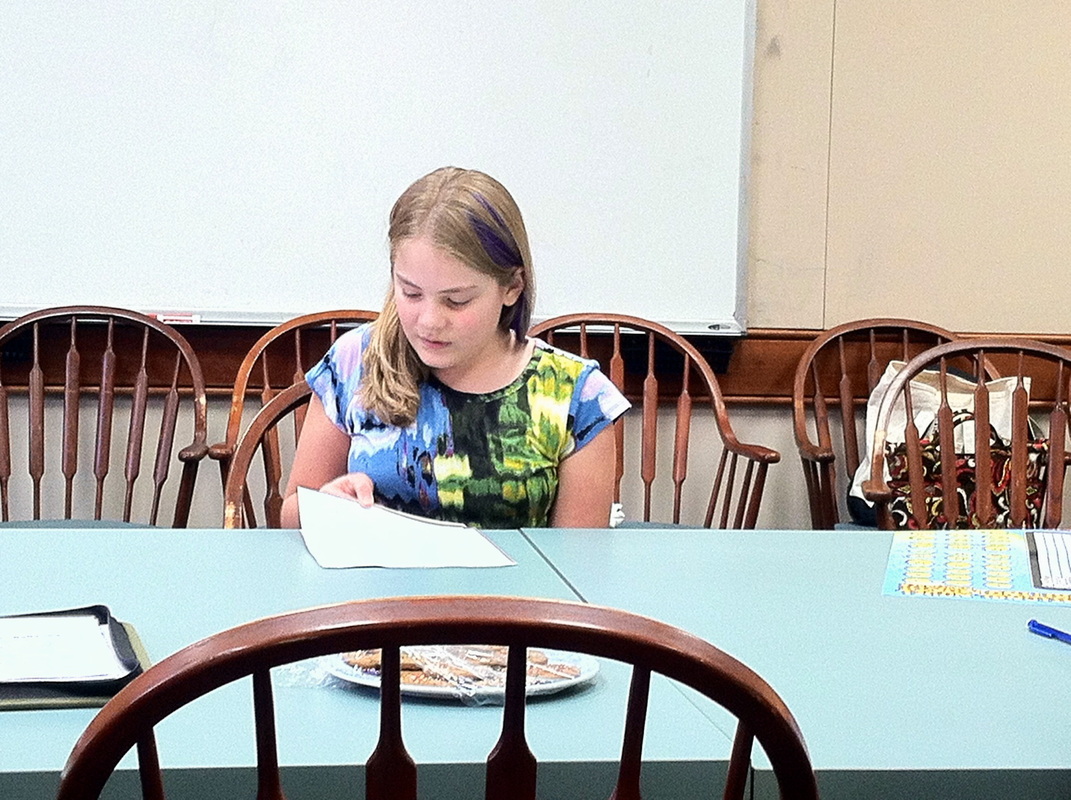
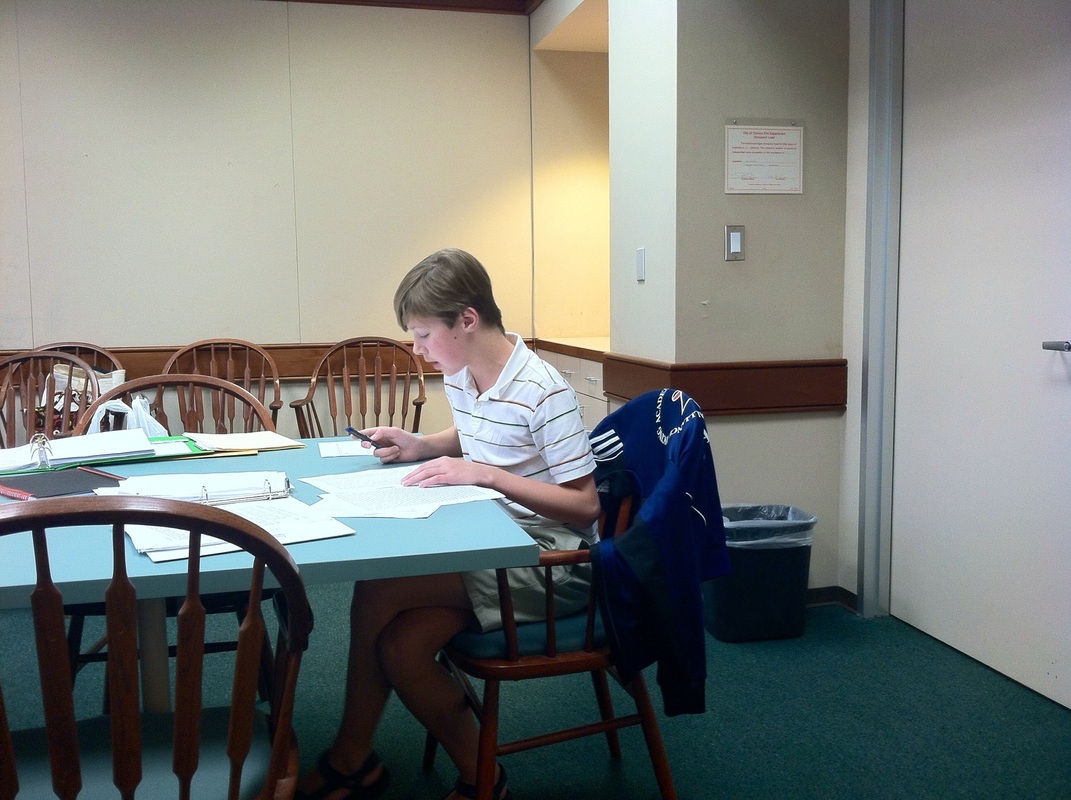

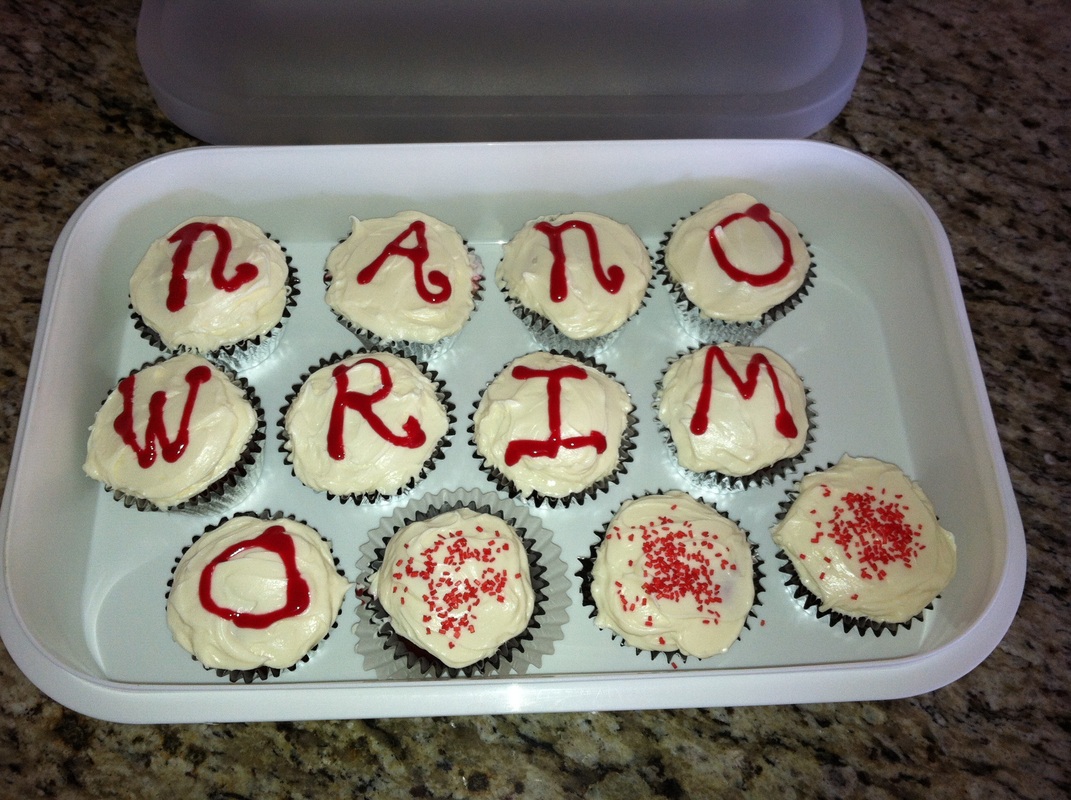


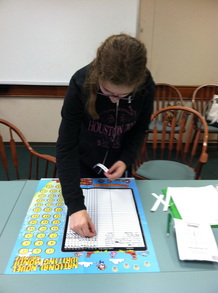
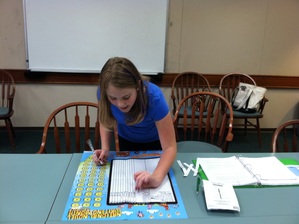


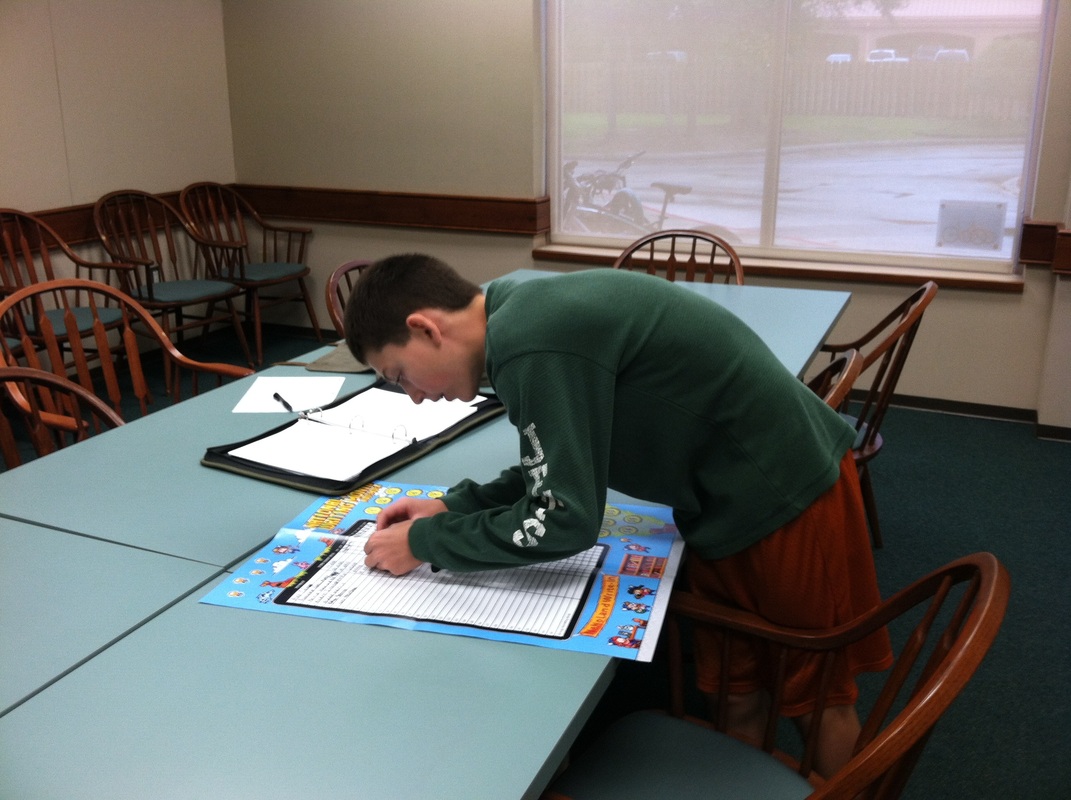
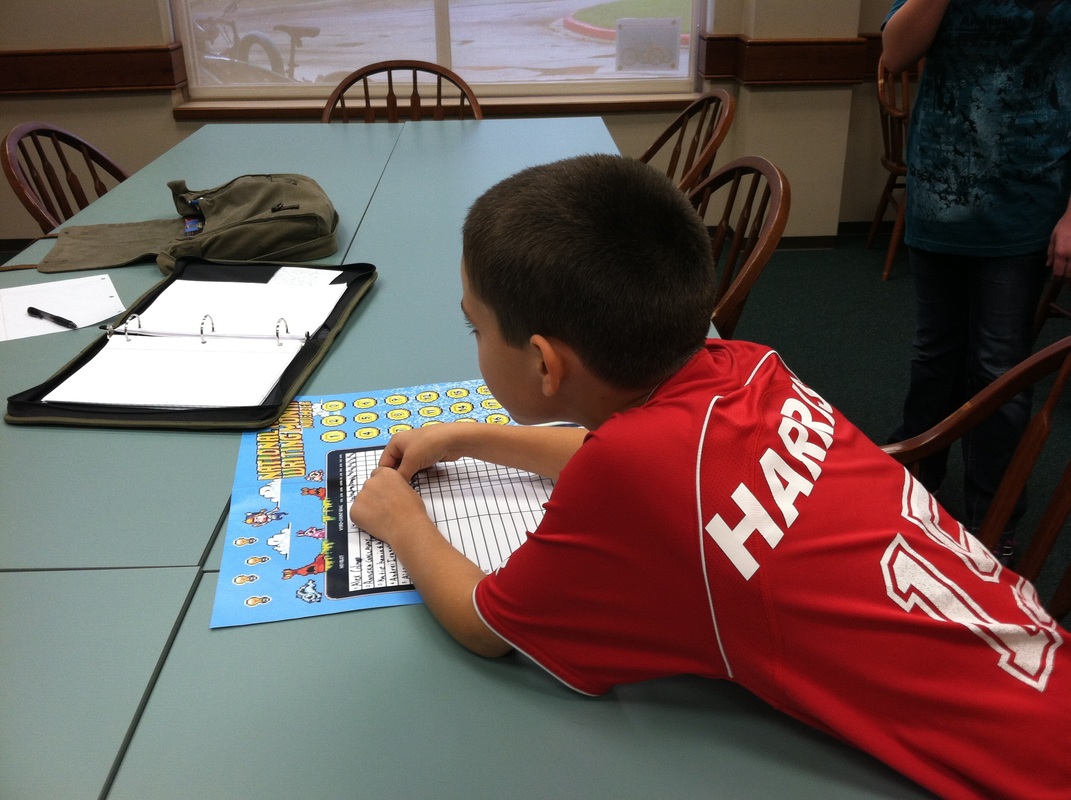
 RSS Feed
RSS Feed